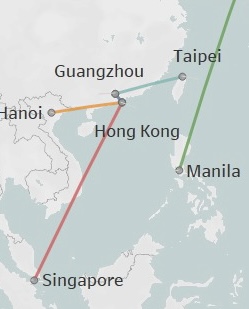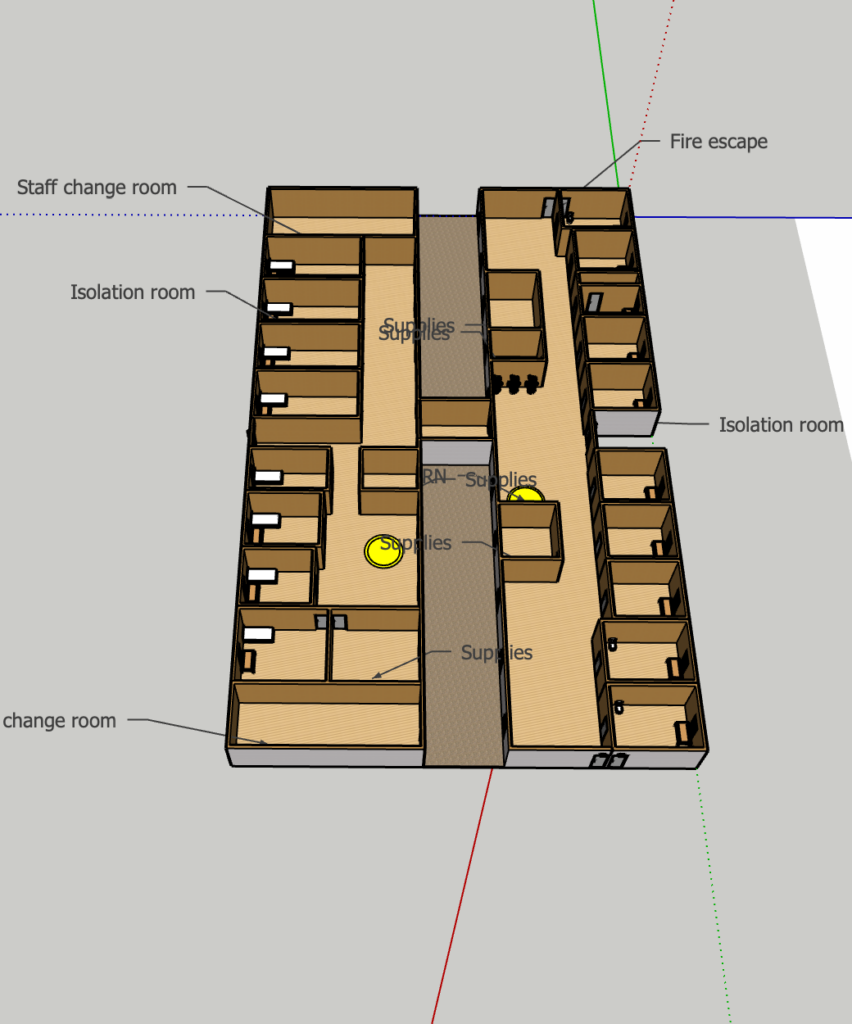HIST4702 (2022-23) Digital History Project: SARS in Asia
Our Subpages

Transmission of SARS
This is a pivotal issue in the study of the transmission of SARS. We hope to show the process and historical insight of transmission of SARS through different digital methods.

Impacts of SARS
The impact of SARS is reflected in all aspects of society. We hope to find the importance of the specific impact of this through text and data analysis, as well as interviews.

Responses to SARS
These responses are educational in how prevent or lessen the impact of the future pandemics. We hope to use diverse digital methods to analyse the subsequent impact of SARS and the response after.
Introduction
In mid-November, 2002, the first case of SARS, acronym for Severe Acute Respiratory Syndrome, was first found in Guangdong. Within four months, the virus spread throughout the world, affecting neighboring countries like Vietnam and Singapore, and it even reached as far as Canada and the United States in North America. By the time of mid-March, the number of SARS-related cases increased drastically. But its transmission and fatality rates remained unknown at the beginning.
Although it was successfully contained from spreading further cases in less than four months[1], there are several questions we would like to ask: How infectious or mortal was this virus? How did it spread? What were the socio-economic impacts of SARS in the affected areas? What were the official responses in these areas against the pandemic? This website aims to respond to these questions by various digital methods, while using Hong Kong as the primary example.
Here are the methods we will be using:
- Data and Visualisation
- 3D Modelling
- Video Creation
- Maps Creation
- Text Mining
Digital figures will be displayed through our various subpages and showcased through mediums like screenshots, embedded files, YouTube and Tableau. We sincerely hope these measures can provide a visually educational experience for the public, to facilitate an in-depth understanding about this plague in the 21st century.
[1] Pandurangan Vijayanand, Ed Wilkins and Mark Woodhead, “Severe acute respiratory syndrome (SARS): a review”, Clinical Medicine Journal 4, no. 2 (March 2004): 152-53, https://doi.org/10.7861/clinmedicine.4-2-152.
Website Designed by:
Website Group of HIST4702 Digital History (2022-23)








